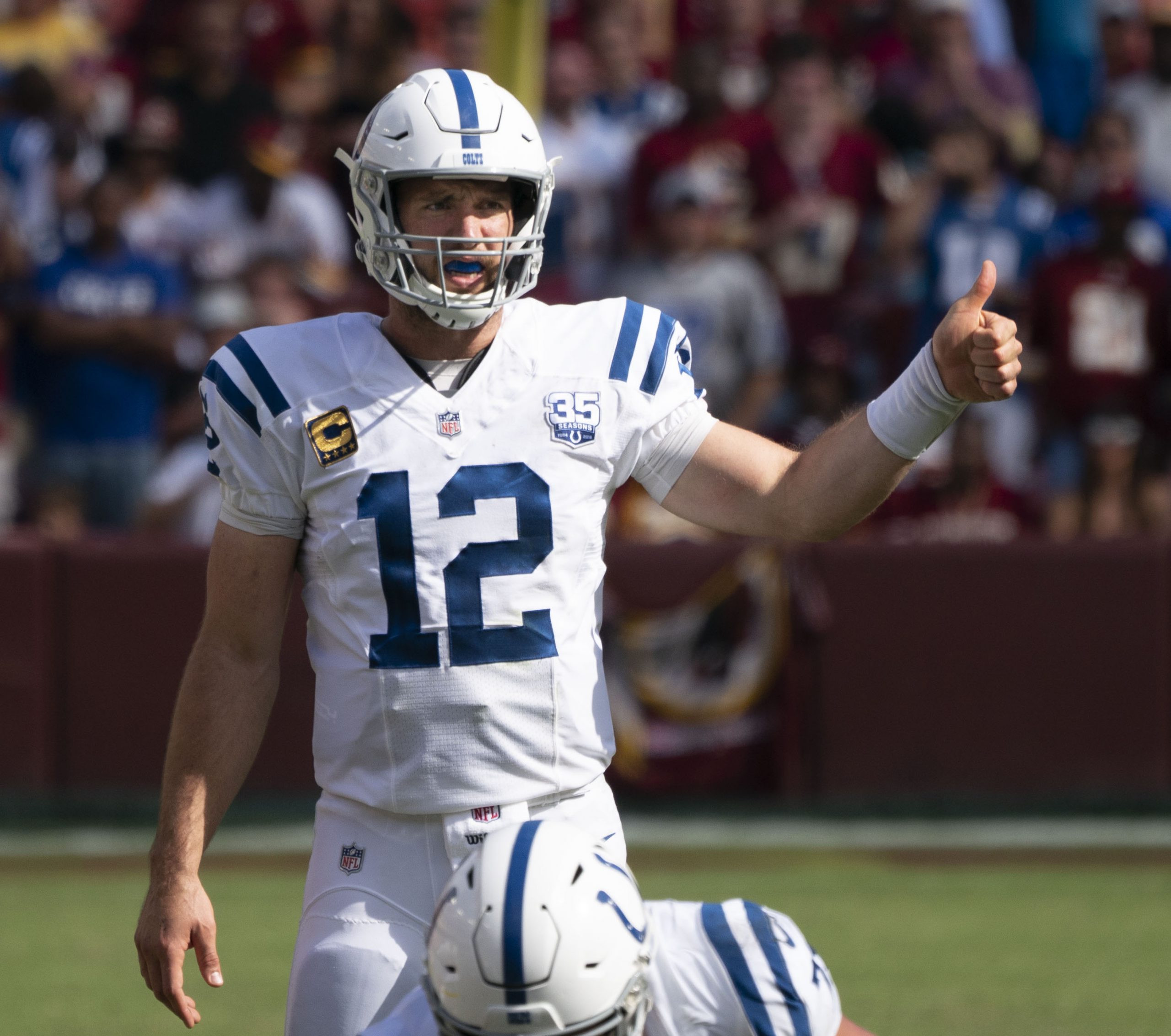Since the 2018 Supreme Court decision to legalize sports betting, the United States has seen an unprecedented transformation in the gambling sector. This decision not only opened the floodgates for states to legalize sports betting but also set the stage for what could become a $45 billion industry. As we delve into this potential evolution, we uncover the factors driving growth and the challenges that lie ahead.
The Current Landscape of US Sports Betting
The legal landscape for sports betting in the US is as diverse as the country itself. To date, over half the states have legalized sports betting, with others poised to join the fray. Legislation varies widely, with some states embracing mobile betting while others restrict wagers to physical sportsbooks.
The US sports betting market is currently valued in the billions, with heavyweights like FanDuel and DraftKings dominating. These platforms have leveraged their early entry to capture significant market share, but the field remains competitive, with new entrants seeking to innovate and disrupt.
Key Drivers for Growth
The growth of the sports betting sector in the United States is fueled by a combination of technological innovation and changes in legislation, which together create a fertile ground for expansion.
Technological Advances
Innovation is at the heart of the sector's growth. Platforms like crash-game.org have revolutionized gambling with user-friendly interfaces and engaging experiences. Crash gambling, a new trend in online betting, captivates players with its simple yet thrilling mechanism where a multiplier increases until it "crashes," challenging users to cash out beforehand. This tech-forward approach is broadening the market, attracting demographics previously untapped by traditional gambling, as it combines the excitement of real-time decision-making with the accessibility of online platforms.
Legislative Changes
The shift in legal frameworks across states has been a significant growth driver. Each new legalization not only expands the market geographically but also psychologically, normalizing sports betting among the public.
Consumer Trends and Behaviors
Mobile betting and in-play wagers are redefining how consumers engage with sports betting. The convenience of betting from anywhere and the thrill of live-action bets are potent motivators for both seasoned bettors and newcomers.
Challenges and Opportunities
- Regulatory Hurdles: The patchwork of state-by-state regulations presents both a barrier and an opportunity for growth. Navigating this landscape requires agility and foresight, qualities that platforms like crash-game.org are leveraging to their advantage.
- Market Saturation and Competition: As the market matures, differentiation becomes key. Innovative betting formats and exceptional user experiences are vital for platforms to stand out in a crowded market.
Economic Impact
The economic impact of sports betting in the United States transcends the direct financial gains seen by states through taxation.
State Revenue from Sports Betting
Sports betting has become a significant revenue stream for states, generating millions in tax income. This financial boon supports public services and projects, underscoring the sector's economic value beyond mere entertainment.
Impact on Other Industries
The ripple effects of sports betting extend into media, technology, and hospitality. Partnerships between betting platforms and sports leagues are creating new advertising and engagement opportunities, further embedding the sector into the broader economy.
The Future of US Sports Betting
The horizon is bright with technological innovations, from AI to blockchain, poised to further transform sports betting. These technologies promise to enhance security, improve odds accuracy, and personalize the betting experience.
Looking ahead, the potential for the US sports betting market to reach or even surpass $45 billion is substantial. Key to this growth will be the industry's ability to adapt to regulatory changes, technological advancements, and shifting consumer preferences.
Conclusion: A $45 Billion Vision
The journey of sports betting in the US is a testament to the transformative power of legislation, technology, and market dynamics. As we look to the future, the potential for growth is vast, but so are the challenges. Navigating this landscape requires innovation, agility, and a deep understanding of consumer behavior. With these qualities, the vision of a $45 billion sports betting sector is not just plausible but inevitable.




